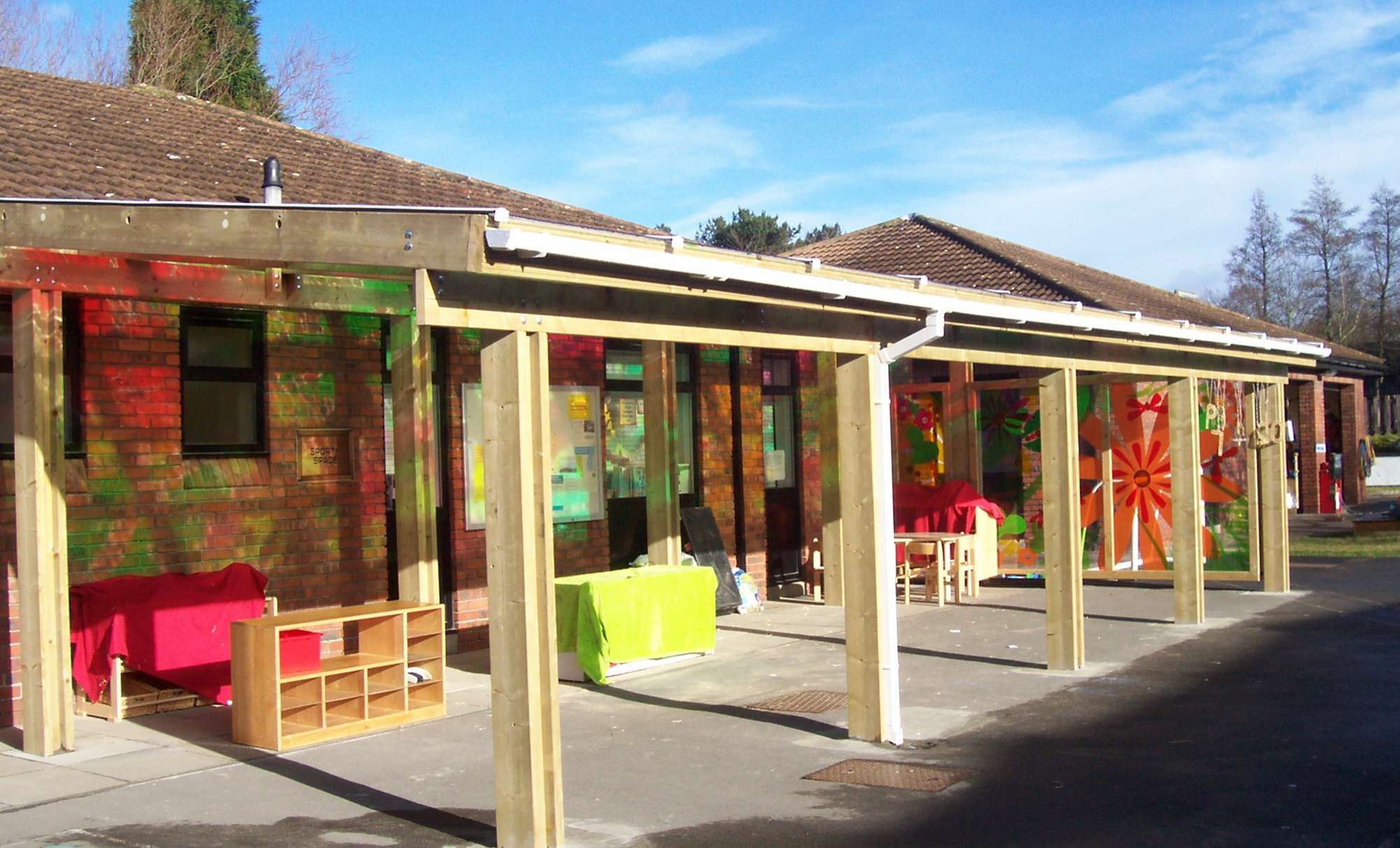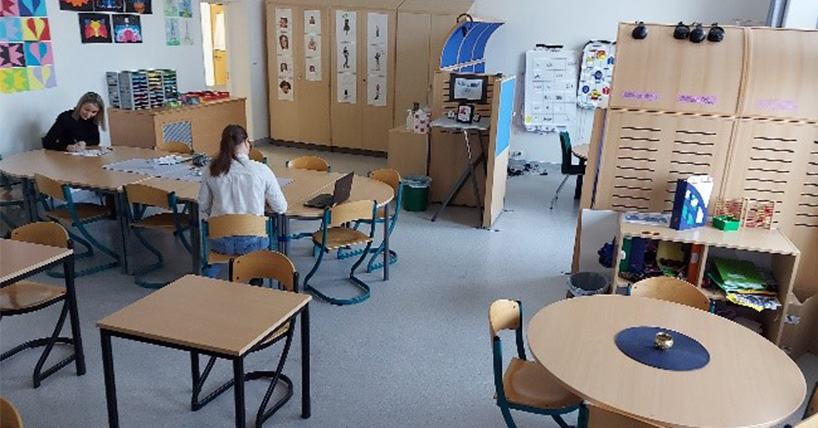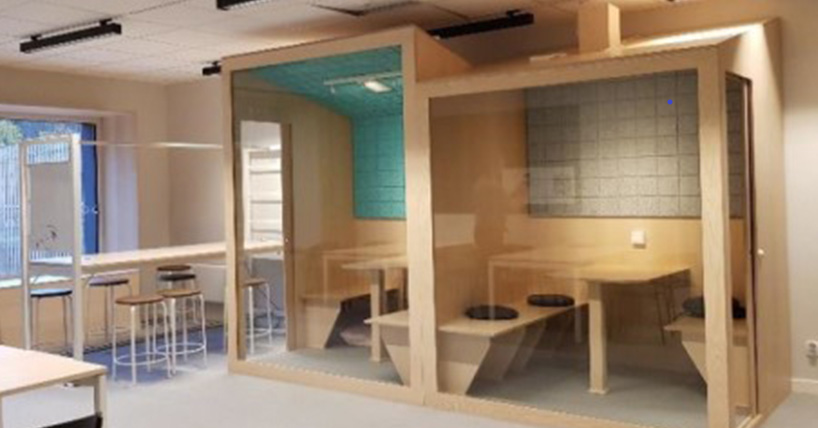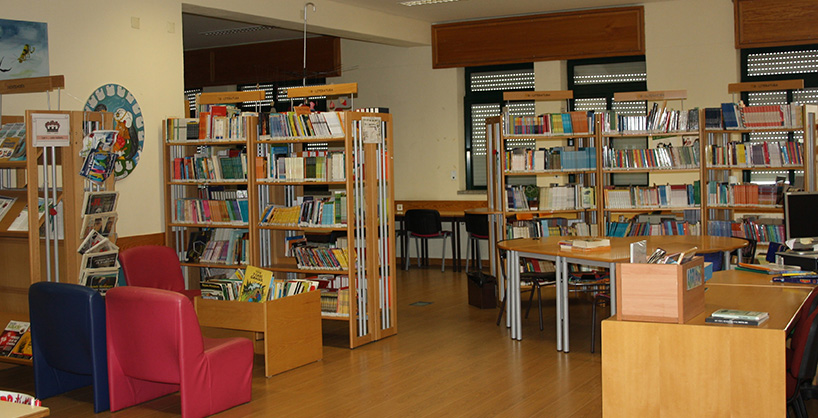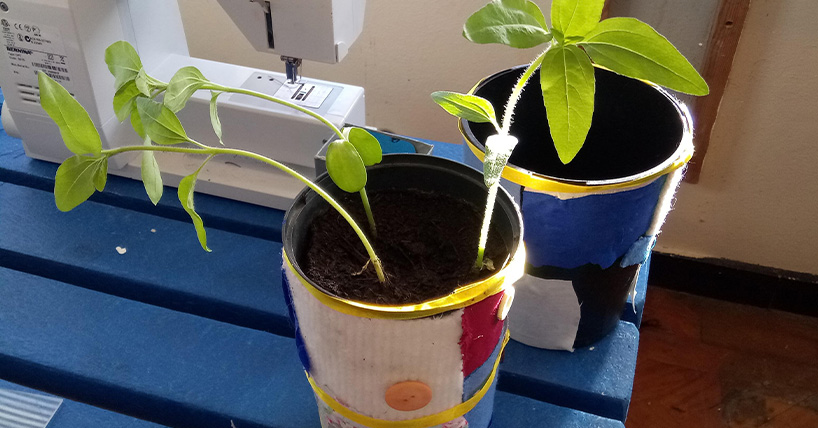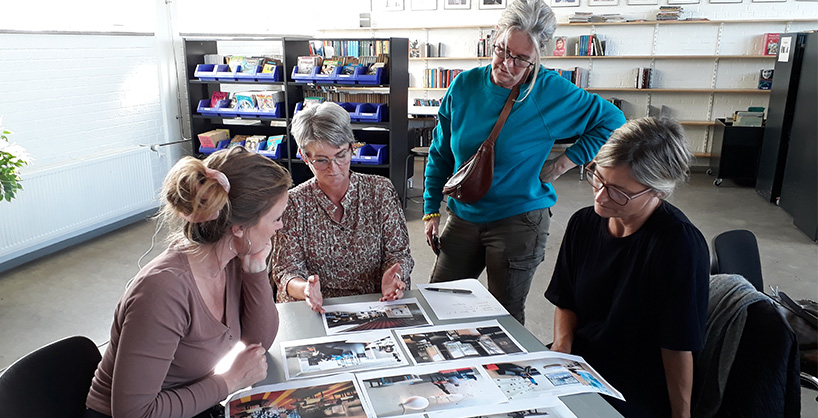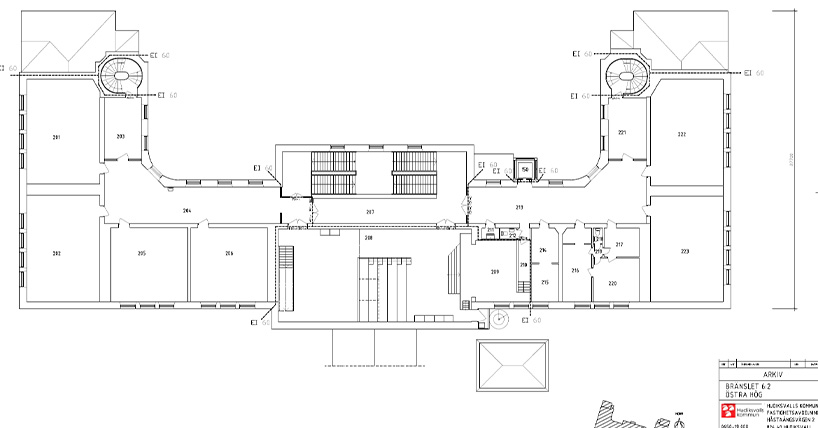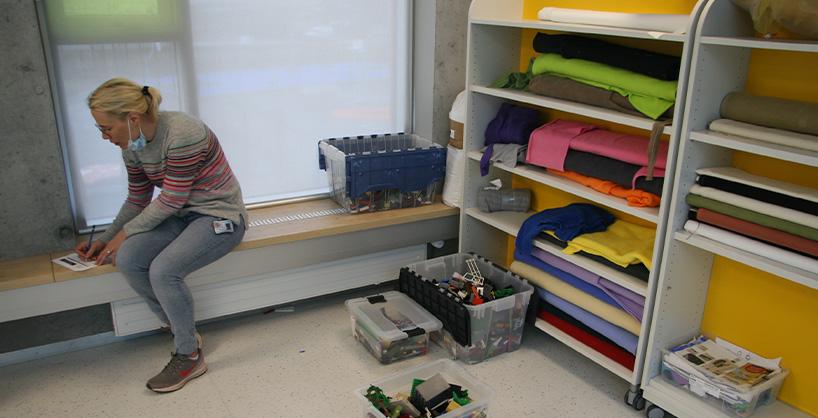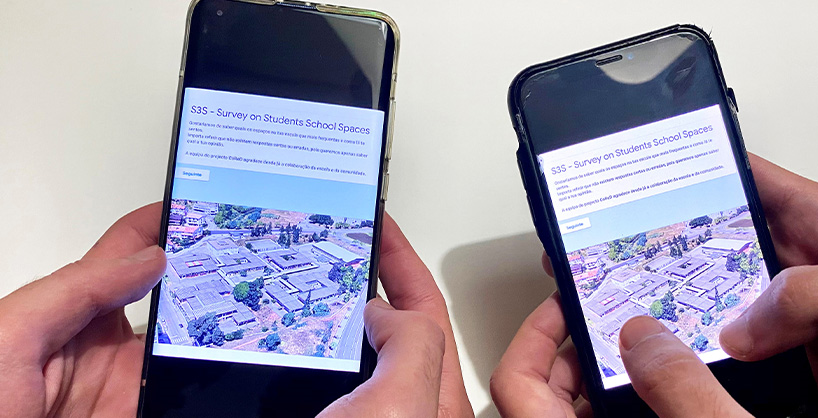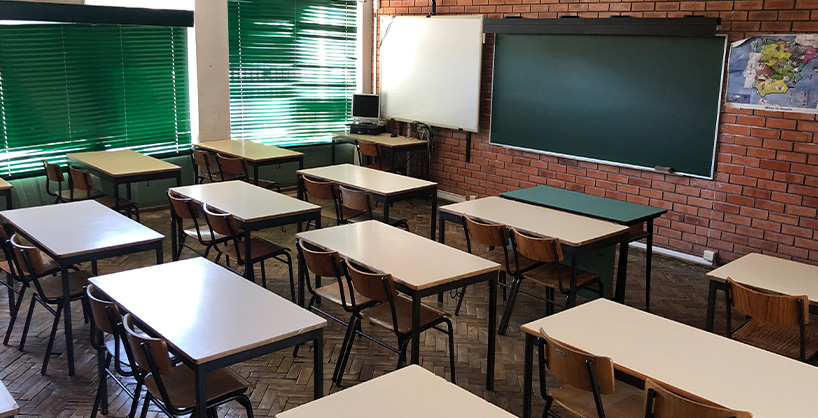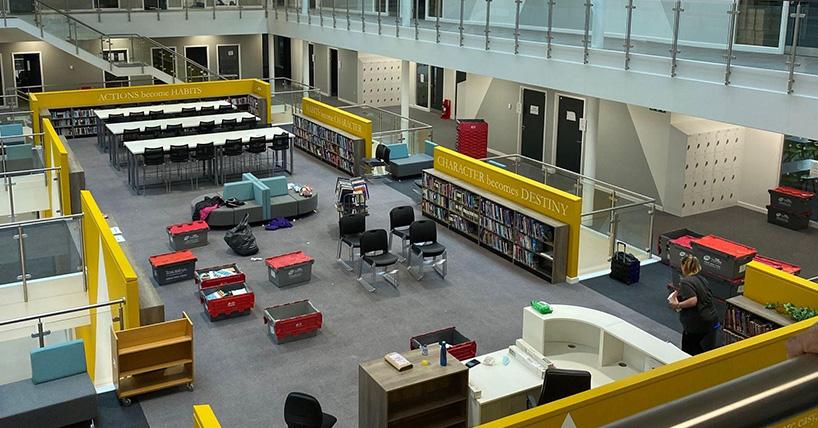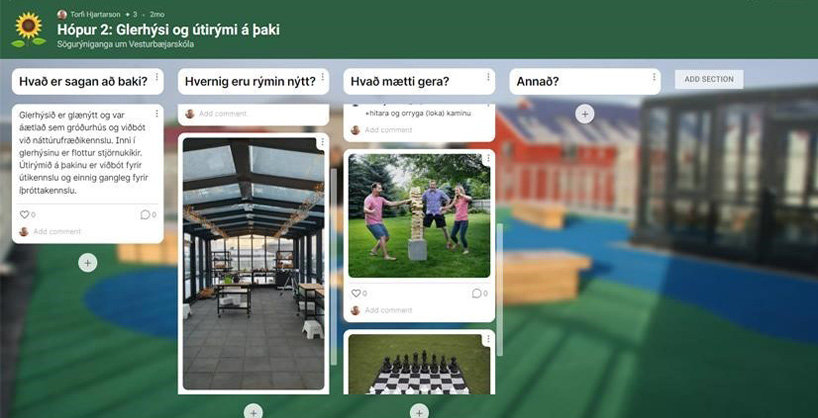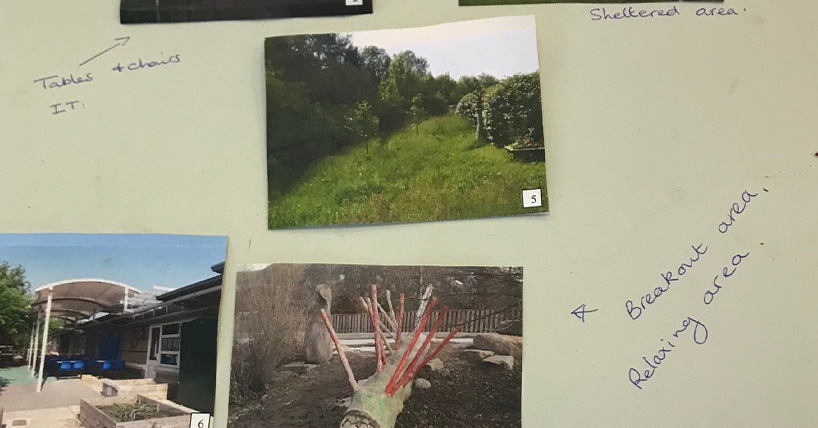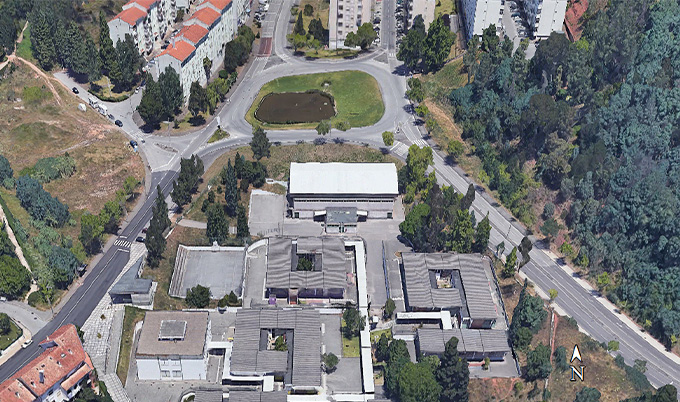Secondary
Case studies that address issues in settings for pupils aged 11-18 years.
Case study: Evaluation for future rebuild
Staff at a secondary school in Sweden, about to undergo renovation, use the Pedagogical Walk-Through tool to evaluate their current facilities in order to inform future change to the spaces. (This case study is written in: English/Svenska)
Case study: Student Wellbeing
Support staff in a secondary school in Sweden use the Diamond Ranking tool to consider their beliefs about learning and physical space and how this may or may not affect student wellbeing. (This case study is written in: English/Svenska.)
Case study: Co-creating inclusive educational spaces in a semi-urban school
A secondary school in Portugal uses the survey on students' school spaces tool to explore current use and the potential for refurbishment. (This case study is written in: English/Português)
Case study: supporting student transition in Year 7
Staff at a UK secondary school use the Stories of Educational Spaces tool with a Year 7 nurture group to consider the past, present and future development of an outdoor space that will support wellbeing and learning. (This case study is written in English)
Case study: Educating Teachers in Spatial Competences
Teacher educators in Denmark use the Diamond Ranking tool as part of a programme designed to develop their understanding of the interplay between space, pedagogy, behaviour, and indoor climate. (This case study is written in: English/Dansk)
Case study: Reflection for better use of facilities
A secondary school in Sweden is planning to undergo renovations. Staff use the School Development Evaluation Tool to evaluate the current facilities and assess the strengths and weaknesses. (The case study is written in: English/Svenska)
Case study: A school undertakes a post occupancy evaluation
Staff at a school in Iceland use the Pedagogical Walk-Through tool to review the strengths and weaknesses of their new school building, one year after moving in. (This case study is written in: English/Íslensku)
Case study: Co-creating inclusive educational spaces in an urban school
A secondary school in Portugal ( students aged 10-15 years) uses the Survey on Students' School Spaces tool to explore their students' views and feelings about their current school environment. (This case study is written in: English/Português)
Case study: Using the SDET-criteria to review school facilities
Staff members at a compulsory school in Bolungarvik, a small fishing town on the north-western coastline of Iceland, were asked to review their school facilities based upon a short list of criteria laid out in the School Development Evaluation Tool. (The case study is written in: English/ Íslensku)
Case study: The Use of Classroom Space in an Urban School in Portugal
The Cartographic Observation is used to explore how teachers and students use their classrooms in this urban school in Portugal and answer the questions: How do teachers use the space for teaching? How do students use their rooms for learning? (This case study is written in English/Português)
Students' views on their new school building
"Our new school building" A school in the UK uses the Survey on Students' School Spaces tool to find out their students' views on what works and what could be improved. (This case study is written in English)
Case study: Post occupancy evaluation
Teachers at a school in Iceland use the Stories of Educational Spaces tool to consider the historical, current and possible future uses of recently renovated areas in their school building. (This case study is written in: English/ Íslensku)
Case study: Primary to Secondary School Transition
Design and Technology staff at a secondary school in the UK use the Diamond Ranking tool with Year 7 students (aged 11/12 years) as a starting point for developing an outdoor space as a wellbeing garden. (This case study is written in English)
Case study: The Use of Classroom Space by Teachers and Pupils in a Peri-Urban School
A secondary school in Portugal uses the Cartographic Observation tool as part of their plans to reconfigure their spaces to better suit teaching and learning. (This case study is written in: English/Português)
